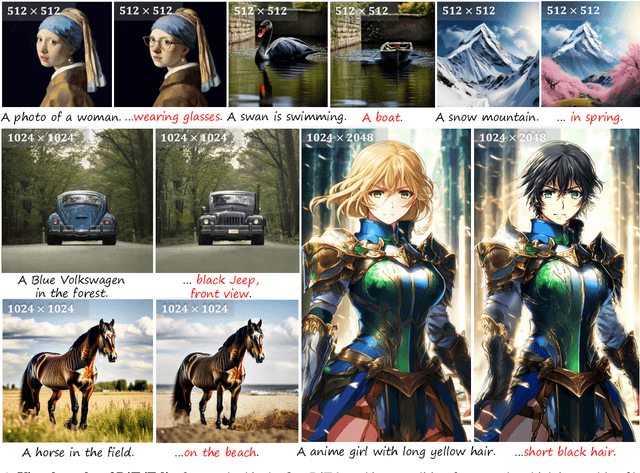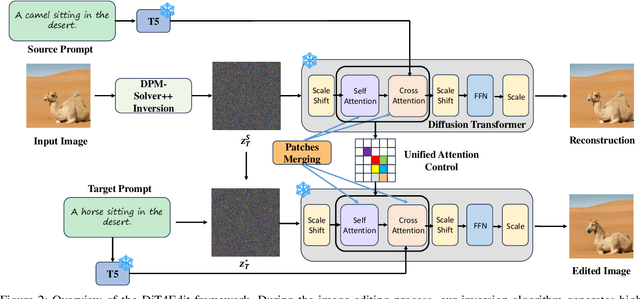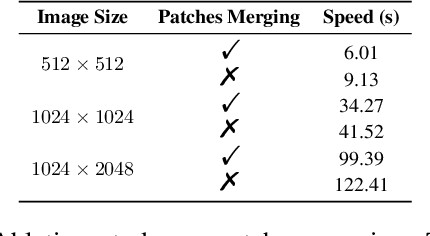Kunyu Feng
Towards Effective and Sparse Adversarial Attack on Spiking Neural Networks via Breaking Invisible Surrogate Gradients
Mar 05, 2025Abstract:Spiking neural networks (SNNs) have shown their competence in handling spatial-temporal event-based data with low energy consumption. Similar to conventional artificial neural networks (ANNs), SNNs are also vulnerable to gradient-based adversarial attacks, wherein gradients are calculated by spatial-temporal back-propagation (STBP) and surrogate gradients (SGs). However, the SGs may be invisible for an inference-only model as they do not influence the inference results, and current gradient-based attacks are ineffective for binary dynamic images captured by the dynamic vision sensor (DVS). While some approaches addressed the issue of invisible SGs through universal SGs, their SGs lack a correlation with the victim model, resulting in sub-optimal performance. Moreover, the imperceptibility of existing SNN-based binary attacks is still insufficient. In this paper, we introduce an innovative potential-dependent surrogate gradient (PDSG) method to establish a robust connection between the SG and the model, thereby enhancing the adaptability of adversarial attacks across various models with invisible SGs. Additionally, we propose the sparse dynamic attack (SDA) to effectively attack binary dynamic images. Utilizing a generation-reduction paradigm, SDA can fully optimize the sparsity of adversarial perturbations. Experimental results demonstrate that our PDSG and SDA outperform state-of-the-art SNN-based attacks across various models and datasets. Specifically, our PDSG achieves 100% attack success rate on ImageNet, and our SDA obtains 82% attack success rate by modifying only 0.24% of the pixels on CIFAR10DVS. The code is available at https://github.com/ryime/PDSG-SDA .
DiT4Edit: Diffusion Transformer for Image Editing
Nov 05, 2024



Abstract:Despite recent advances in UNet-based image editing, methods for shape-aware object editing in high-resolution images are still lacking. Compared to UNet, Diffusion Transformers (DiT) demonstrate superior capabilities to effectively capture the long-range dependencies among patches, leading to higher-quality image generation. In this paper, we propose DiT4Edit, the first Diffusion Transformer-based image editing framework. Specifically, DiT4Edit uses the DPM-Solver inversion algorithm to obtain the inverted latents, reducing the number of steps compared to the DDIM inversion algorithm commonly used in UNet-based frameworks. Additionally, we design unified attention control and patches merging, tailored for transformer computation streams. This integration allows our framework to generate higher-quality edited images faster. Our design leverages the advantages of DiT, enabling it to surpass UNet structures in image editing, especially in high-resolution and arbitrary-size images. Extensive experiments demonstrate the strong performance of DiT4Edit across various editing scenarios, highlighting the potential of Diffusion Transformers in supporting image editing.
 Add to Chrome
Add to Chrome Add to Firefox
Add to Firefox Add to Edge
Add to Edge